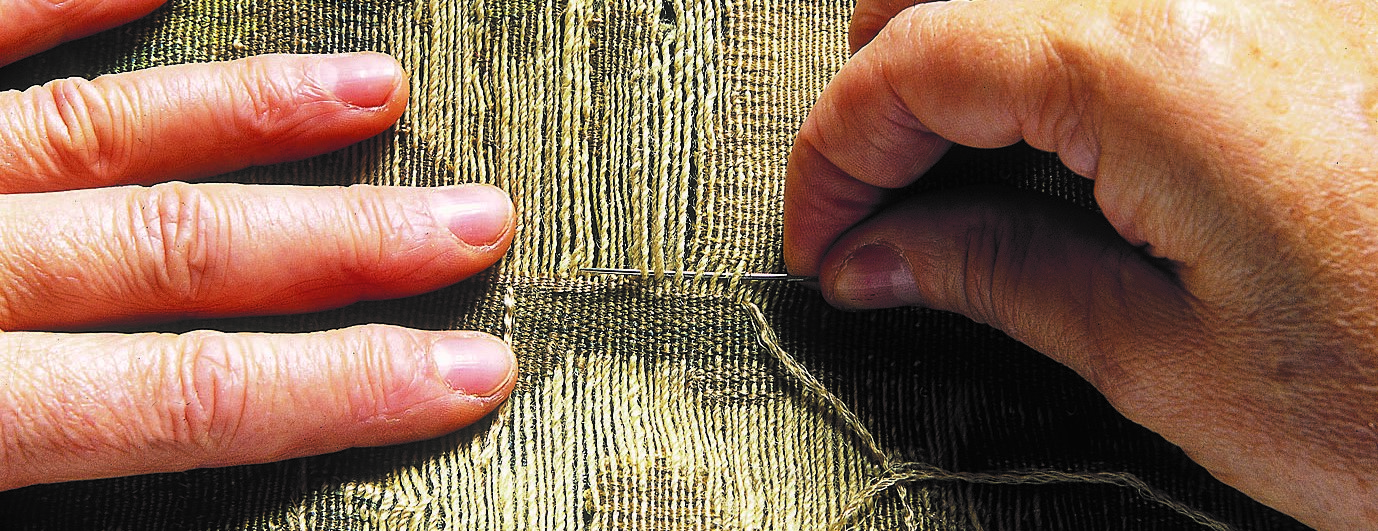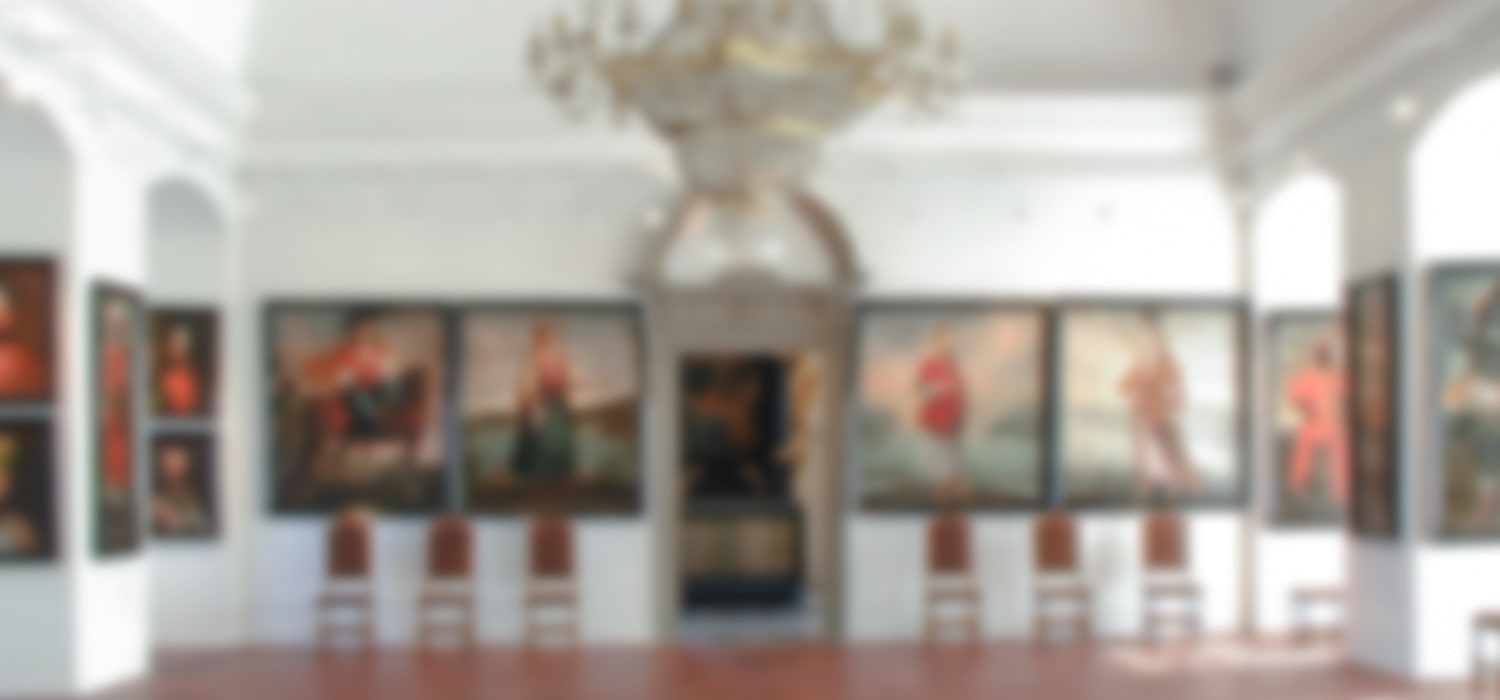LACE, THAT WONDERFUL DELICATE FABRIC
Lace is a delicate fabric made in an open web-like pattern that can be made with needles, bobbins, by knotting, crocheting or knitting, but can also incorporate several techniques in one product. Lace-making techniques evolved from the older arts of weaving, plaiting, knotting, netting, and embroidery. The most technically sophisticated and widespread types of handmade lace are bobbin lace and needle lace.
Although already known in antiquity, bobbin lace and needle lace began to spread more widely in Europe in the 16th century. Lace was often named after the region or town where it was made. Italy, Flanders, and France were famous centres of lace-making, the most famous lace being from Venice, Milan, and Genoa in Italy, Argent, Alençon, Sedan, Lille, Valenciennes, Bayeux, Le Puy, Caen, and Chantilly in France, and Antwerp, Bruges, Binche, Mechlin, and Brussels in Belgium. Lace has always been expensive because it was considered a luxury item due to the time-consuming manual workmanship and sometimes the use of precious materials such as silver or gold thread. Like other textiles, lace was designed according to fashion trends and was worn by both men and women.
In Slovenia, the Idrija and Žiri lace are the best-known, and our country has declared bobbin lace to be a cultural heritage element of national importance.
DID YOU KNOW …?
… That in the past, excessive expenditure on extravagant lace prompted many rulers to impose restrictions on the import of lace from other countries, which proved futile, as lace smuggling was so widespread?
… That analyses of gold strips on 4th century BCE textiles found in the tomb of Philip II of Macedon at Vergina near Thessaloniki showed that they were 0.3–0.4 mm wide and only 0.03–0.04 mm thick?
… That weaving with metal threads made of gold ribbons wrapped around a textile core was already popular in the late Roman period?
… That there are also printing techniques where dye is not applied to the surface of the fabric, but individual parts of the fabric surface are protected by mechanical or chemical means before being soaked in a dye bath? Unlike unprotected surfaces, surfaces protected in this way do not become pigmented, so a pattern is formed on the surface of the textile (resist dyeing). Such techniques include batik and blueprinting.

